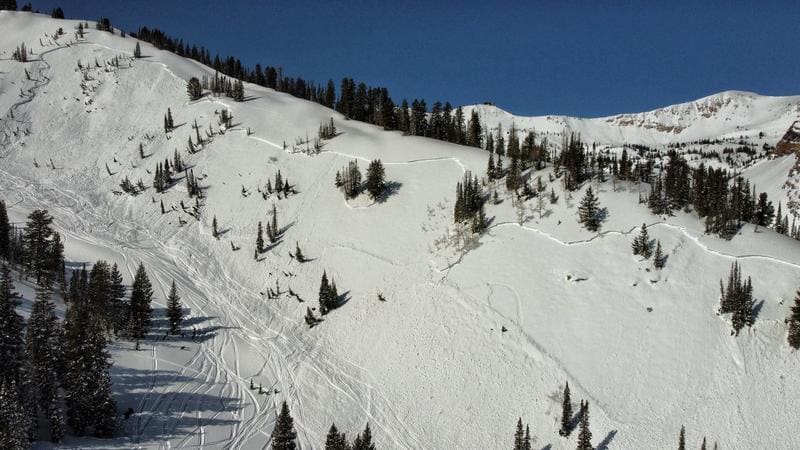Snow
Snow smarts: 6 things you can do to reduce avalanche risks

Photo: courtesy of Craig Gordon // Utah Avalanche Center
Avalanche experts revise safety guidelines to mitigate backcountry risk after recent study
PARK CITY, Utah – Veteran avalanche researchers Ian McCammon and Kelly McNeil have revisited decades of avalanche safety messaging to assess its relevance for today’s backcountry adventurers. Their findings, published by the Utah Avalanche Center, propose a fresh set of six actionable recommendations aimed at improving planning, preparation, and decision-making to reduce avalanche risks.
The updated safety guidelines are designed to align with modern backcountry challenges, and give skiers, snowboarders and mountaineers straightforward advice to better calibrate their choices in hazardous terrain. These recommendations serve as a timely reminder as winter enthusiasts gear up for the season.
From the authors of the study – Perhaps the greatest risk to these parties was not the avalanche conditions or the terrain, but their confidence that their risk management skills could overcome the avalanche danger they were trying to avoid.
1. Carry a spare beacon to the trailhead and ALWAYS do a beacon check.
Many recent victims left their beacon in the car, in the bottom of their pack, or failed to turn on the beacon at the trailhead.
2. Practice companion rescue AND Learn backcountry first aid skills, including dealing with trauma and bleeding.
Trauma now accounts for 50% of the mortality rate. The old statistics were just 25%.

3. Don’t travel Alone…but if you do, do the following
Reduce your risk by avoiding avalanche terrain, sharing your route with family/friends, wearing a beacon, and using a satellite tracking device (ie: Spot or InReach or Strava)
4. Understand the Avalanche Forecast. Stick to your original route plan.
Stick to the plan. If you rule out certain aspects and elevations in the morning, don’t change your mind during the day. Many accidents have occurred after the party changed their plans and drifted into more dangerous terrain during the day.
5. Recognize Avalanche Terrain. Don’t overlook terrain traps.
Terrain traps are commonly overlooked in regards to avalanche terrain assessment. Ask, “What will happen if it slides?”
6. Go One At a Time.
Research indicated that many perceived “safe zones” were not. Similarly, many accidents occurred when parties went one at at a time for the first two riders, but then the following riders did not wait…and triggered the avalanche.




















